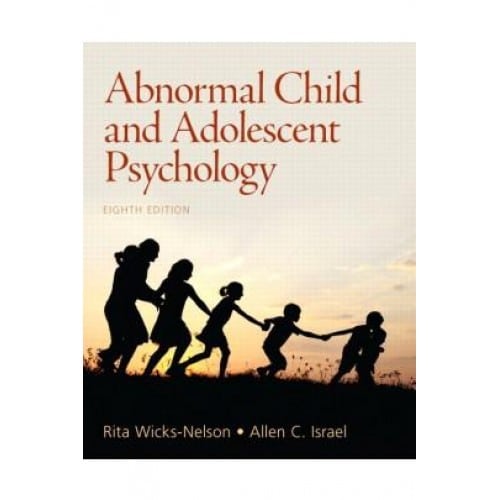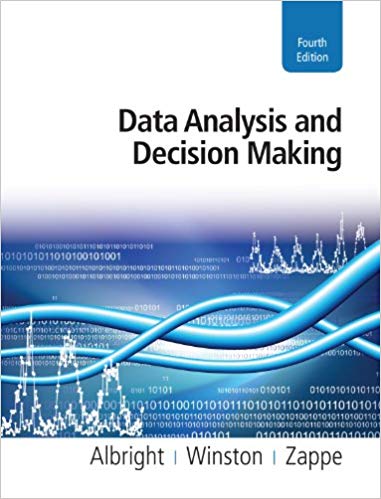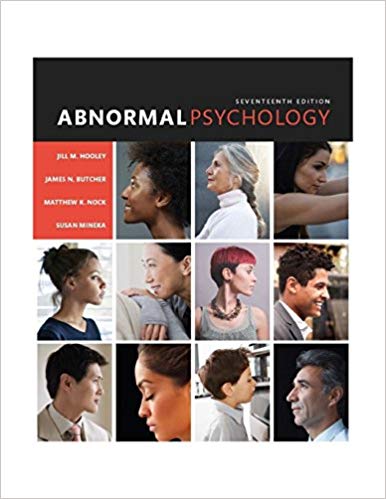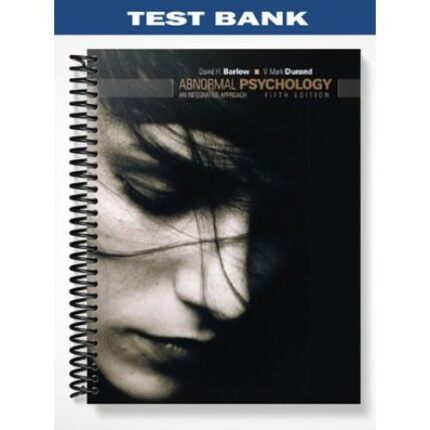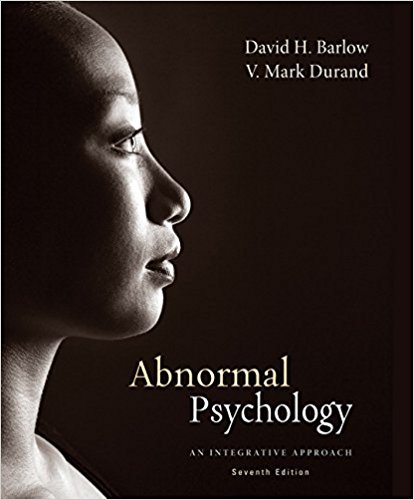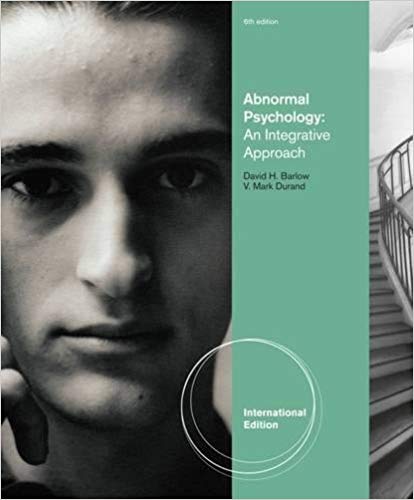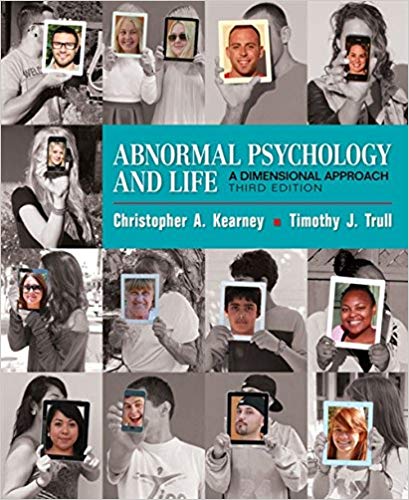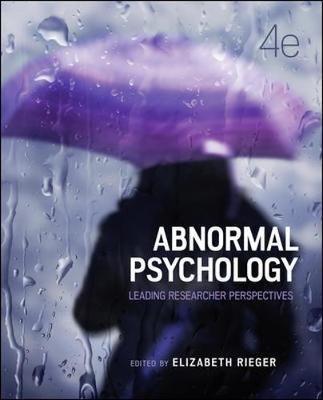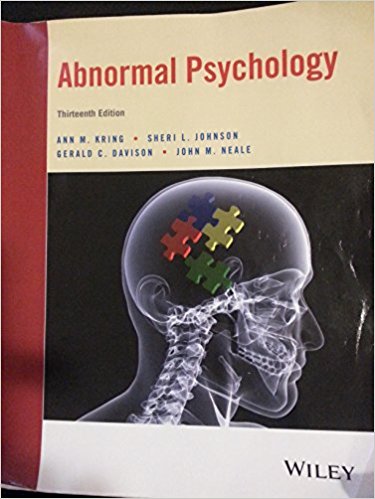Test Bank For Abnormal Child and Adolescent Psychology 8th Edition by Wicks-Nelson
Test Bank For Abnormal Child and Adolescent Psychology 8th Edition by Wicks-Nelson
Abnormal Child and Adolescent Psychology 8th Edition
Abnormal Child and Adolescent Psychology 8th Edition by Wicks-Nelson – Test Bank
Abnormal Child and Adolescent Psychology
CHAPTER 1
INTRODUCTION
TRUE OR FALSE
1. Ab means “away” or “from,” whereas “normal” refers to “average” or “standard.” Thus, abnormal is defined as something that deviates from the average.
2. Age is an important developmental index in judging behavior.
3. Cultural norms for behavior rarely impact diagnostic rates for a disorder.
4. Ethnicity denotes common customs, values, language or traits that are associated with national origin or geographic area.
5. A child’s behavior should be consistent and not vary across settings (e.g., classroom, playground, home).
6. In most cultures boys are expected to be less active and less aggressive than girls. This expectation is an example of a situational norm.
7. Youth rarely refer themselves for clinical evaluation.
8. According to the American Psychological Association, 10 percent of youth have a serious mental health disorder.
9. Quantifying the prevalence of disorders is difficult because it depends on several factors, including the definition of disorders, the population examined, and the methods used to identify the problem.
10. Changing social conditions may increase the risk of disorders in young people.
11. Early disturbances, for example, feeding issues or sleep disorders in infancy, do not have developmental consequences.
12. One difficulty in establishing the age of onset of any behavioral disorder is that the onset may occur gradually, so that age of onset may be an arbitrary estimation rather than a precise age.
13. Schizophrenia is a disorder that typically begins during childhood.

